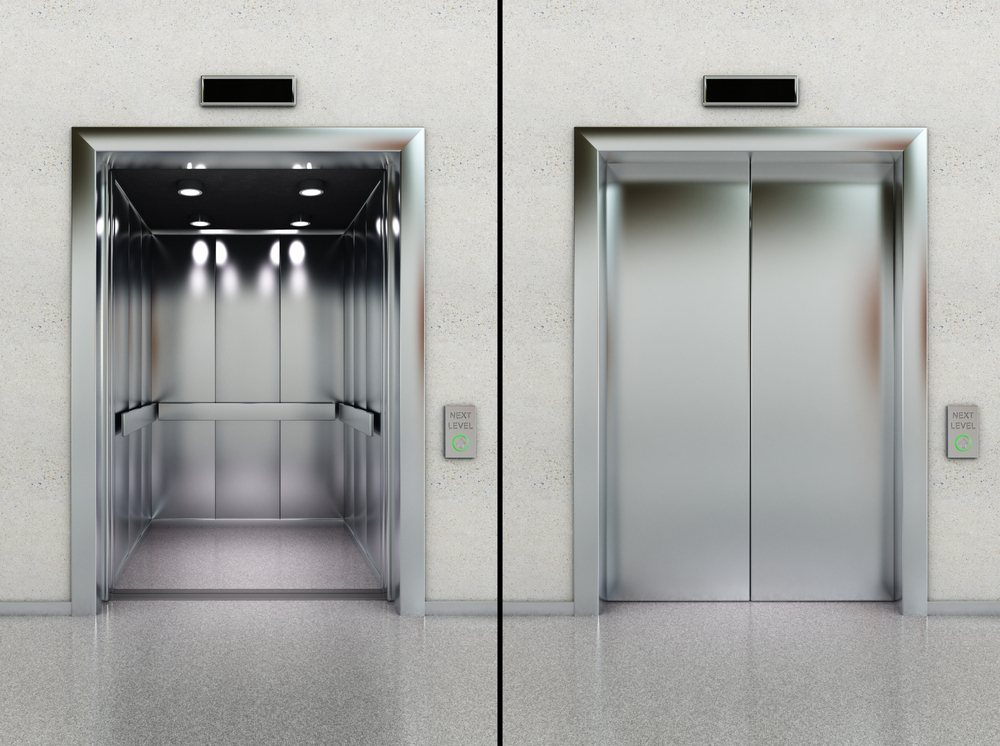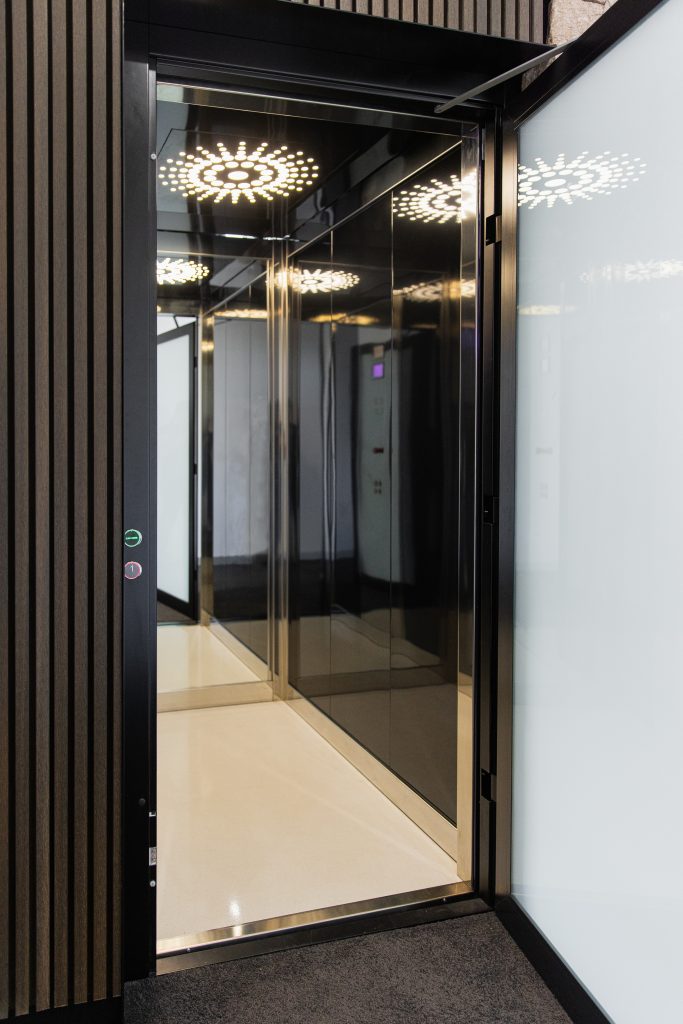Top Lift Companies in London: Offering High Quality Installations and Maintenance
Top Lift Companies in London: Offering High Quality Installations and Maintenance
Blog Article
Deciphering the Intricacies of Lift Technology: Troubleshooting Common Troubles Across Lift Versions
In the realm of lift innovation, a myriad of intricacies typically exist under the surface of what appears to be a simple mechanism. From sluggish operation issues to strange noises originating from the machinery, troubleshooting typical troubles across different lift designs demands an eager eye for detail and an organized strategy - repair and maintenance services. As we start this trip to unravel the intricacies that can plague these crucial devices, a much deeper understanding of the inner functions and potential challenges of lift innovation is crucial. Remain tuned as we navigate with the labyrinth of lift breakdowns, seeking options to the enigmatic issues that can interrupt the smooth functioning of these indispensable apparatuses.
Determining Slow Procedure Issues

Following, inspect the electric connections to make certain that all elements are correctly linked and operating. Defective wiring or loose links can bring about slow operation or total breakdown of the lift system. In addition, it is necessary to check the control system to determine if the issue hinges on the programs or sensing units.
If the aesthetic examination and electrical checks do not reveal the source of the slow-moving procedure, further analysis tests might be essential. These can consist of pressure tests for hydraulic systems, voltage examinations for electrical components, or running analysis software for the control system. repair and maintenance services. By following a methodical method to troubleshooting sluggish operation concerns, you can effectively fix the issue and determine, making sure the lift operates securely and effectively
Resolving Unusual Sounds
To efficiently repair lift technology for strange noises, a detailed exam of the lift components complying with the recognition of slow-moving operation concerns is vital. Strange noises in lifts can be indicative of underlying troubles that call for prompt focus to make sure the security and dependability of the system.
Moreover, it is crucial to describe the lift supplier's upkeep standards and look for aid from qualified specialists when taking care of complicated lift elements or strange troubleshooting procedures. By quickly resolving strange sounds and resolving underlying problems, lift drivers can ensure the optimum performance and security of the lift system for travelers and drivers.
Handling Faulty Control Issues
An effective technique for addressing defective control problems in lift technology involves carrying out a comprehensive analysis of the control system's components and capability. When coming across problems with lift controls, it is important to first check for any kind of loose connections, damaged electrical wiring, or malfunctioning sensors. Confirming that all control keypads, buttons, and displays are working appropriately is likewise necessary in detecting the trouble accurately.
If no visible problems appear, technicians ought to continue to evaluate the control panel for he has a good point any kind of indications of water deterioration, damages, or getting too hot, as these can frequently cause regulate malfunctions. Additionally, resetting the control system or upgrading the software program might help resolve specific problems or insects causing the issue.

Taking On Hydraulic System Malfunctions
The effectiveness of hydraulic systems in lifts depends heavily on the correct functioning of various elements within the system. When hydraulic systems malfunction in lifts, it can cause operational disruptions and safety and security worries. One common problem is hydraulic fluid leak, which can take place because of worn-out seals, loose connections, or damaged cyndrical tubes. To tackle this problem, service technicians ought to conduct a complete inspection to identify the resource of the leak and change any type of malfunctioning components without delay.
Furthermore, irregularities in hydraulic liquid levels or unusual sounds throughout lift operation might indicate underlying system breakdowns that require prompt attention to stop further damages. Normal maintenance and prompt troubleshooting of hydraulic system concerns are important to guaranteeing the efficient and risk-free procedure of lift technology.
Dealing With Electrical Element Failings
Dealing with electric part failures in lift technology demands an organized method to detecting and settling issues to keep functional capability and safety criteria. When encountering electric troubles in lift systems, it is important to initial perform a comprehensive evaluation of the electrical parts, including control board, wiring, sensors, and circuit boards. Any signs of damage, corrosion, loose connections, or burned components should be carefully noted and dealt with immediately to avoid additional problems.
When it comes to electrical component failures, it is necessary to comply with maker guidelines for fixing and repair service treatments. This might include checking the elements using multimeters, oscilloscopes, or various other analysis devices to determine the exact source of the malfunction. Furthermore, having a detailed understanding of the lift's electrical schematics and electrical wiring representations can assist in identifying and rectifying issues effectively.
Routine upkeep and inspection routines can help protect against electric failings by discovering potential concerns early. Appropriate training for lift technicians on electric systems and components is additionally essential to guarantee accurate medical diagnosis and effective resolution of electric problems, inevitably contributing to the total safety and reliability of lift operations.
Verdict
Finally, fixing lift modern technology needs an organized technique to determine and attend to typical issues such as slow operation, weird noises, defective controls, hydraulic system breakdowns, Source and electrical element failings. By understanding the complexities of lift technology and complying with correct repairing steps, specialists can efficiently fix problems and guarantee the effective and risk-free procedure of lifts across various versions.
To effectively troubleshoot lift innovation for weird noises, a complete examination of the lift parts adhering to the recognition of slow-moving operation concerns is essential. Unusual noises in lifts can be indicative of underlying troubles that require punctual focus to make sure the safety and security and reliability of the system.An efficient method for addressing damaged control issues in lift innovation entails conducting a detailed evaluation of the control system's parts and capability.The effectiveness of hydraulic systems in lifts depends heavily on the proper performance of numerous elements within the system. repair and maintenance services. When encountering electrical troubles in lift systems, it is crucial to first carry out a comprehensive inspection of the electrical elements, including control panels, electrical wiring, sensors, and circuit boards
Report this page